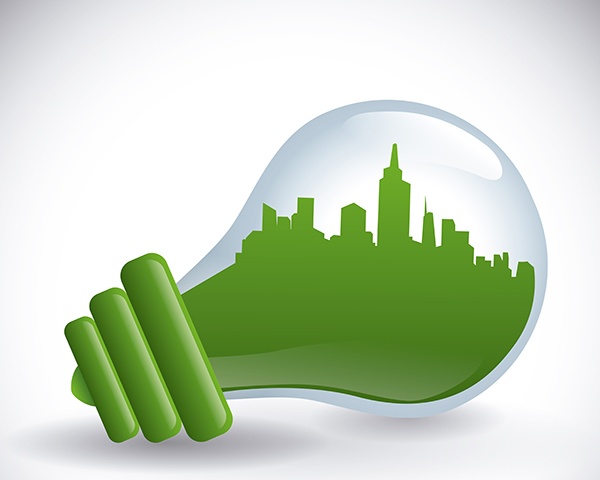
An environmental site assessment, frequently referred to as a "Phase One," is more than just another lender requirement that needs to be met when you are looking at purchasing a piece of investment real estate. Pulling a phase one report can not only help you understand an asset better, but also save you from potentially buying large and expensive problems. However, they can also bring up their own problems and unnecessary complexities.
Just when you think you don't need one, you do.
Today's office building may very well be yesterday's gas station or dry cleaner. Unless you have detailed knowledge of the history of a piece of property, it's always wise to have an environmental site assessment done so that you can not only learn about the surrounding area but also about the history of your parcel.
Include it in your purchase agreement or letter of intent.
If you intend to have a Phase One report completed, let your seller know abut this in your purchase agreement. This may help you to get more time, if it becomes necessary because the Phase One indicates issues that need to be further researched through a Phase Two. Doing this also puts the seller on notice that you're both serious and prudent.
Pay for your own independent study.
While it's tempting to reuse a seller's Phase One or, at the minimum, go back to the original firm to have it reissued, you should consider having fresh eyes look at the property. Bringing in another firm not only gives you a new perspective, but also gives you the opportunity to have more input into who completes your report.
See the process through.
When the survey comes back, don't be surprised if it has issues. Many parcels have rich histories of development, demolition, redevelopment and on. Some real estate brokers will kid with you saying that every street corner has held a gas station at one point or another. Even if your site is dirty, if you're just going to be using it with the existing building, your local environmental agency may simply decide to leave well enough alone.
Problems come where you don't expect them.
Some problems are predictable, while some aren't.Many gas stations are amazingly clean, while a 40-year old supermarket could be sitting on a piece of dirt that is contaminated with dangerous materials. Another example of this is small neighborhood shopping centers. While they might not seem like they would be toxic waste dumps, many dry cleaners used to pour their solution, called "perc" into storm drains or on to the parking lot, wreaking environmental havoc.
Fixing a site doesn't have to be expensive.
Environmental problems can be scary, but they don't have to be expensive. You always have the option of not walking away and having the seller pay for the repairs. In addition, many clean ups are relatively cheap to perform. Spilled gasoline frequently just requires periodic monitoring since it breaks down over time. Even serious spills may be relatively inexpensive to handle if you live in a state with a fund to pay for underground storage tank cleanups.
Dealing with environmental issues isn't just the right thing to do for our ecosystem.
It's also the smart way to protect your capital. Arming yourself with information and retaining a level head when you get the information can help you to maximize your returns while keeping your properties as clean and green as possible.
Other Green Commercial Real Estate articles:
Our Top 5 Green Commercial Real Estate Predictions
LEED Certified Buildings: The Savvy Tenant's Choice
LEED Update: What is New with the Latest Rating System?







